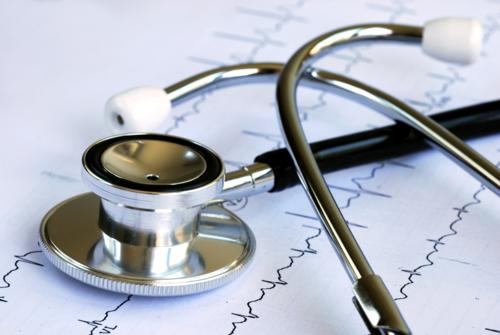Health is wealth, eat well to live well.
Join my community and receive my free ebook! Subscribe now >>
Measuring Blood Pressure
It's Your Life, Your Health
And Your Future I Am Talking About
Measuring blood pressure may be done at home, at the office of your healthcare provider, at pharmacies, some fire stations and many other places. Blood pressure is the measurement of the force that is applied to your artery walls as the heart pumps blood through your body.

How To Measure Your Blood Pressure
Having your blood pressure measured is quick, easy and painless. It is usually done by your physician using a stethoscope and a sphygmomanometer, which consists of an inflatable arm cuff attached to a column of mercury and a gauge.
Home monitors include arms, wrist and finger cuffs with digital readouts, but the sphygmomanometer remains the standard.
In order to measure your blood pressure you will first need to support your arm with your upper arm at heart level. Keep your back supported, legs uncrossed and your feet on the floor. Your upper arm should be bare with your sleeve rolled up comfortably.
Your health care provider will then wrap the blood pressure cuff snugly round your upper arm. You may also perform this action by yourself. The lower edge of the cuff should be an inch above the bend of your elbow.
 |
The cuff is quickly inflated, either by pushing a button or pumping the squeezed button. This wall cause you to feel tightness around your arm. And when the cuff is inflated to its highest level, you will feel slightly uncomfortable.
Next, the valve on the cuff is slightly opened, thereby allowing the gradual fall in pressure. With this fall in pressure, the reading when the first sound of pulsing blood is heard will be recorded. This is the systolic pressure. With the continuous release of air, the sounds will stop. The diastolic pressure is recorded at the point at which the sounds stop.
You may end up with a false reading if you inflate the cuff too slowly or not high enough. Too much loosening of the value will prevent you from determining your blood pressure. This procedure may be carried out two or more times.
Advanced Averaging feature automatically displays the average of up to the last three readings taken within the last 10 minutes.
Hypertension Indicator icon alerts you if your reading exceeds internationally recognized guidelines for normal home blood pressure levels.
Detects irregular heartbeat and alerts you with a special indicator icon so you can consult with your physician.
Measuring Blood Pressure Preparations
It is advisable to measure your blood pressure after resting for a minimum of five minutes. Avoid taking your blood pressure when you are feeling stressed, have consumed caffeine or a tobacco product half an hour prior, or have exercised recently.
Take two to three readings at every sitting, one minute apart, while resting in a seated position measuring blood pressure. If taking your blood pressure measurements outside a medical office, it is important to note the time of the readings.
Your doctor may advise that you perform the readings at specific times. A common recommendation would be to take your blood pressure in the morning, as well as at night for at least a week. This way, you will have at least twelve readings that can assist your doctor in deciding on your high blood pressure treatment.
Because high blood pressure has no symptoms, it is possible to suffer from this condition and fail to realize it. It is common for individuals to find out that they have high blood pressure when visiting their doctors for other reasons.
When your blood pressure is diagnosed early, this can help prevent a smorgasbord of cardiovascular related diseases. So have your blood pressure checked at least once every two years if your most recent reading is less than 120/80 mm Hg.
Return From Measuring Blood Pressure To Blood Pressure Chart






New! Comments
Have your say about what you just read! Leave me a comment in the box below.